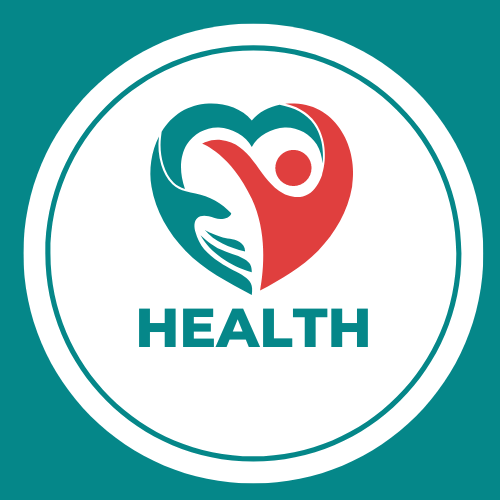Emotions are a fundamental aspect of human experience, influencing our thoughts, behaviors, and relationships. Whether positive or challenging, emotions provide valuable insights into our inner world and shape how we navigate life's complexities. Effectively expressing emotions is crucial for maintaining mental health, fostering authentic relationships, and promoting personal growth. This article explores various tools and techniques that empower individuals to express their emotions constructively, enhancing emotional well-being and interpersonal communication.
Understanding Emotional Expression:
Emotional expression refers to the outward manifestation of internal emotional states through verbal and non-verbal cues. It involves communicating feelings, desires, and needs to oneself and others in a way that promotes understanding and connection. Healthy emotional expression involves both acknowledging and validating one's emotions while considering the impact on oneself and those around them.
The Importance of Constructive Emotional Expression:
Expressing emotions constructively serves several important purposes:
Promotes Emotional Awareness: Actively expressing emotions encourages self-awareness and introspection, helping individuals understand their own feelings and motivations better.
Enhances Communication: Clear and assertive emotional expression fosters effective communication in personal and professional relationships. It allows individuals to convey their needs and boundaries while promoting empathy and understanding.
Reduces Emotional Suppression: Suppressing emotions can lead to increased stress, anxiety, and physical health issues. Constructive expression helps release emotional tension and prevents buildup of unresolved feelings.
Strengthens Relationships: Authentic emotional expression builds trust and intimacy in relationships by fostering open communication and mutual respect. It encourages vulnerability and connection with others.
Supports Mental Health: Processing and expressing emotions constructively contributes to overall mental well-being by reducing internal conflict and promoting emotional resilience.
Tools and Techniques for Constructive Emotional Expression:
Verbal Communication:
Use "I" Statements: Begin statements with "I feel..." to assert ownership of emotions without blaming others. For example, "I feel frustrated when..."
Practice Active Listening: Listen attentively to others' emotions and validate their feelings before expressing your own. Reflect back what you hear to ensure understanding.
Choose Appropriate Timing: Select moments when both parties are calm and receptive to discuss emotions. Avoid addressing sensitive topics during heated arguments or stressful situations.
Non-Verbal Communication:
Facial Expressions: Express emotions through facial expressions that convey sincerity and authenticity. Smiling, frowning, or maintaining eye contact can communicate emotional nuances effectively.
Body Language: Use open and relaxed body language to signal approachability and receptivity. Avoid defensive postures such as crossing arms or turning away during emotional conversations.
Writing and Journaling:
Emotional Venting: Write freely about your emotions in a journal or diary to release pent-up feelings and gain clarity. Use writing as a tool for self-reflection and emotional processing.
Letter Writing: Consider writing a letter to express emotions to someone, even if you don't intend to send it. This practice allows for catharsis and articulation of complex feelings.
Artistic Outlets:
Drawing or Painting: Use art as a form of emotional expression by creating visual representations of your feelings. Explore colors, shapes, and textures to convey emotional intensity.
Music and Dance: Express emotions through music by listening to or creating songs that resonate with your feelings. Dance can also serve as a physical outlet for emotional release and self-expression.
Mindfulness and Meditation:
Body Scan: Practice mindfulness techniques such as body scanning to tune into physical sensations associated with emotions. Notice where you hold tension or discomfort and breathe into these areas.
Guided Imagery: Use guided imagery during meditation to visualize emotions as colors or shapes. Allow yourself to experience and observe emotions without judgment or attachment.
Physical Exercise:
Running or Jogging: Engage in aerobic activities like running or jogging to release endorphins and alleviate stress. Physical exercise serves as a natural mood enhancer and promotes emotional well-being.
Yoga or Tai Chi: Practice yoga or tai chi to integrate physical movement with breath awareness and mindfulness. These practices promote relaxation and emotional balance.
Seeking Support:
Therapeutic Counseling: Consider seeking professional counseling or therapy to explore emotions in a safe and supportive environment. A therapist can provide guidance on healthy expression and coping strategies.
Support Groups: Join support groups or community organizations where individuals share similar emotional experiences. Connecting with others who understand can validate feelings and offer perspective.
Setting Boundaries:
Assertive Communication: Set clear boundaries to protect emotional well-being and communicate needs effectively. Assertiveness allows you to express emotions without compromising personal values or beliefs.
Self-Care Practices: Prioritize self-care activities such as relaxation techniques, hobbies, or spending time in nature to recharge emotionally and maintain boundaries in relationships.
Integrating Tools and Techniques into Daily Life:
Incorporate these strategies into your daily routine to cultivate constructive emotional expression:
Daily Reflection: Allocate time each day for reflection on your emotional experiences and reactions. Consider journaling or meditating to process feelings and gain insight.
Practice Active Listening: Practice active listening during conversations to understand others' emotions and respond empathetically.
Artistic Expression: Dedicate time to engage in artistic pursuits or physical activities that allow for emotional release and creative expression.
Conclusion:
Effective emotional expression is a skill that promotes self-awareness, strengthens relationships, and supports mental health. By utilizing tools and techniques such as verbal communication, non-verbal cues, writing, artistic outlets, mindfulness, physical exercise, seeking support, and setting boundaries, individuals can navigate emotions with greater clarity and authenticity. Embrace the journey of emotional exploration and growth, knowing that constructive expression contributes to emotional resilience and enhances overall well-being. By practicing these strategies, individuals empower themselves to cultivate healthier relationships, manage stress effectively, and lead more fulfilling lives.

.png)
